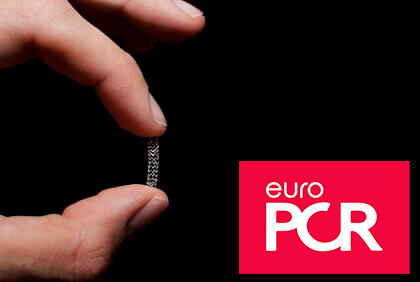A small number of highly selected patients presents good outcomes with new bioresorbable scaffold MeRes, but much more evidence is necessary to bring back the concept.

The MeRes-1 study tested the newest generation of the Meril Life Sciences bioresorbable scaffold, a device featuring thinner struts compared with Absorb (from 150 µm in Absorb to only 100 µm). Results at 3 years are relatively good, with a major event rate of just 1.87%.
The study included 107 patients treated with the sirolimus-eluting scaffold and only two of them required revascularization of the target lesion.
Moreover, in the MeRes-1 Extend study, a similar trial with 62 patients, the 2-year major adverse cardiac events (MACE) rate was 1.61%, with just one case of ischemia-driven revascularization.
Significantly, no cases of thrombosis were reported in any of these works.
The MeRes scaffold has already been approved in India and received CE Mark approval for Europe a few days ago.
These are promising data mainly regarding device safety in relatively simple lesions, but there is a need for further long-term evidence comparing device efficacy and safety with that of contemporary drug-eluting stents.
Original Title: MeRes-1 Extend: imaging and two-year clinical outcomes of thin-strut sirolimus-eluting bioresorbable vascular scaffold in patients with coronary artery disease.
Reference: Abizaid A.
Subscribe to our weekly newsletter
Get the latest scientific articles on interventional cardiology
We are interested in your opinion. Please, leave your comments, thoughts, questions, etc., below. They will be most welcome.





